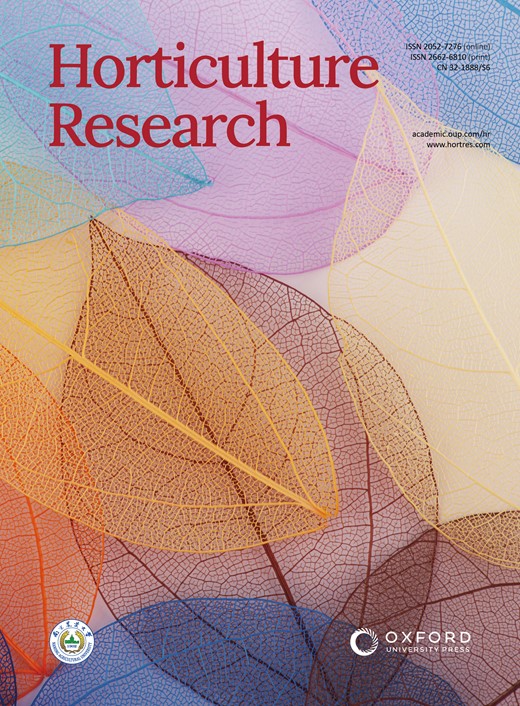EasyDAM_V4:基于引导式聚类分析(GAN)的跨物种数据标注,用于具有显著形状差异的水果检测
IF 8.7
1区 农林科学
Q1 Agricultural and Biological Sciences
引用次数: 0
摘要
传统农业正逐步与人工智能技术相结合。高性能果实检测技术是现代智慧果园实际应用的重要基础技术,具有极大的应用价值。现阶段,果实检测模型需要依靠大量的标注数据集来支持检测模型的训练和学习,导致人工标注成本较高。我们之前的工作使用生成式对抗网络将源域转换为目标水果图像。因此,自动标注是在目标域的实际数据集上进行的。然而,该方法在翻译形状差异较大的水果时仍无法达到令人满意的效果。因此,本研究提出了一种改进的水果自动标注方法 EasyDAM_V4,该方法引入了 Across-CycleGAN 水果翻译模型,实现了水果形状、纹理和颜色等表型特征之间的跨域翻译,有效减少了域差异。我们以梨果为源域,以番木瓜、茄子和黄瓜三种表型差异较大的水果为目标域,对所提出的方法进行了验证。结果表明,EasyDAM_V4 方法实现了大量的跨水果形状转换,对三种目标域数据集的平均标注准确率分别达到 87.8%、87.0% 和 80.7%。因此,即使源域和目标域之间存在显著的形状差异,该研究方法也能提高自动标注过程的适用性。本文章由计算机程序翻译,如有差异,请以英文原文为准。
EasyDAM_V4: Guided-GAN based cross-species data labeling for fruit detection with significant shape difference
Traditional agriculture is gradually being combined with artificial intelligence technology. High-performance fruit detection technology is an important basic technology in the practical application of modern smart orchards and has great application value. At this stage, fruit detection models need to rely on a large number of labeled datasets to support the training and learning of detection models, resulting in higher manual labeling costs. Our previous work uses a generative adversarial network to translate the source domain to the target fruit images. Thus, automatic labeling is performed on the actual dataset in the target domain. However, the method still does not achieve satisfactory results for translating fruits with significant shape variance. Therefore, this study proposes an improved fruit automatic labeling method EasyDAM_V4, which introduced Across-CycleGAN fruit translation model to achieve spanning translation between phenotypic features such as fruit shape, texture, and color to reduce domain differences effectively. We validated the proposed method using pear fruit as the source domain and three fruits with large phenotypic differences, namely pitaya, eggplant and cucumber, as the target domain. The results show that the EasyDAM_V4 method achieves substantial cross-fruit shape translation, and the average accuracy of labeling reached 87.8%, 87.0% and 80.7% for the three types of target domain datasets, respectively. Therefore, this research method can improve the applicability of the automatic labeling process even if a significant shape variance exists between the source and target domain.
求助全文
通过发布文献求助,成功后即可免费获取论文全文。
去求助
来源期刊

Horticulture Research
Biochemistry, Genetics and Molecular Biology-Biochemistry
CiteScore
11.20
自引率
6.90%
发文量
367
审稿时长
20 weeks
期刊介绍:
Horticulture Research, an open access journal affiliated with Nanjing Agricultural University, has achieved the prestigious ranking of number one in the Horticulture category of the Journal Citation Reports ™ from Clarivate, 2022. As a leading publication in the field, the journal is dedicated to disseminating original research articles, comprehensive reviews, insightful perspectives, thought-provoking comments, and valuable correspondence articles and letters to the editor. Its scope encompasses all vital aspects of horticultural plants and disciplines, such as biotechnology, breeding, cellular and molecular biology, evolution, genetics, inter-species interactions, physiology, and the origination and domestication of crops.
 求助内容:
求助内容: 应助结果提醒方式:
应助结果提醒方式:


